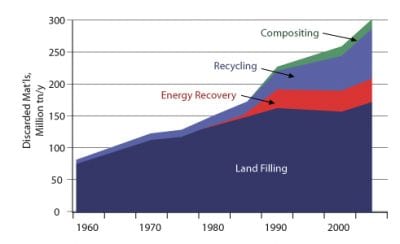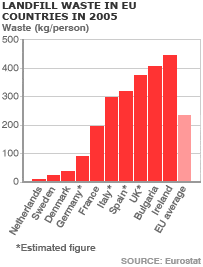Global awareness through engagement can be achieved through a continuous effort by everyone on the planet. Our current generation has the largest ecological footprint in history and it comes directly from the developed countries who are harming the lesser developed countries. Together if the developed countries could work with those who are lesser developed to find more sustainable resources then we could begin to erase the tremendous hole in our ozone layer. By 2030, if developed countries can increase awareness through a continued engagement in developed countries to modernize infrastructure through sustainable industrialization then the developing countries will raise GDP and raise the industry’s share of employment.
Awareness is the most important trait to have because through communication we can make a difference whether it’s through word of mouth or through first-hand examples of sustainable actions. One in three people lives without sanitation which causes unnecessary disease and even death. Along with poor sanitation, access to nutritious foods should be expanded upon as well, in developing countries hunger is the leading cause of death. Again, unequal access and inefficient handling can leave millions of people battling malnourishment and hunger. One of the major examples of global perspective can be shown in ways that we can achieve this through the elimination of inequalities and discrimination. People should treat others how they would want to be treated because we are all created equal. The human race accounts for only a small portion of Earth’s history and it would not be fair to destroy it for future generations.







